8 GPTs for Art Integration Powered by AI for Free of 2026
AI GPTs for Art Integration are advanced tools that leverage Generative Pre-trained Transformers (GPTs) technology to offer bespoke solutions for the art sector. These tools are engineered to enhance creative processes, enable seamless integration of art with technology, and foster innovation across various artistic disciplines. By utilizing machine learning algorithms, they can interpret, generate, and transform artistic content, making them invaluable for creators looking to push the boundaries of traditional and digital art forms. Their relevance lies in the ability to provide tailored support for artistic creation, curation, and presentation, thereby bridging the gap between art and technology.
Top 8 GPTs for Art Integration are: Kunstspiel,Interactive Comic Creation with Jack,Creative & Trained Poem & Storyteller With Images,Furry Visual Novel,Creative Coding Instructor,GptOracle | The Tote Bag and T-Shirt Designer,Artistic Weaver,Creating Game Illustrations
Kunstspiel
Empower Art Learning with AI
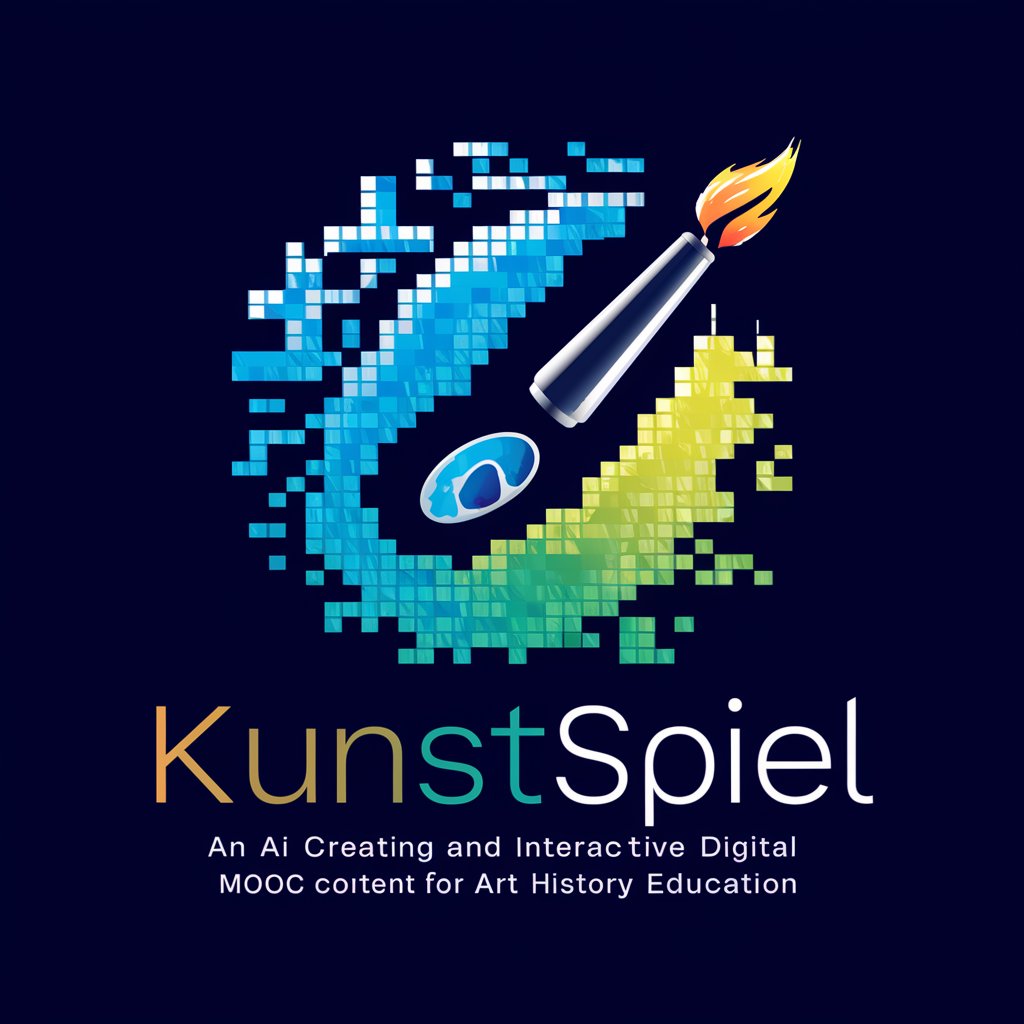
Interactive Comic Creation with Jack
Bringing Stories to Life with AI
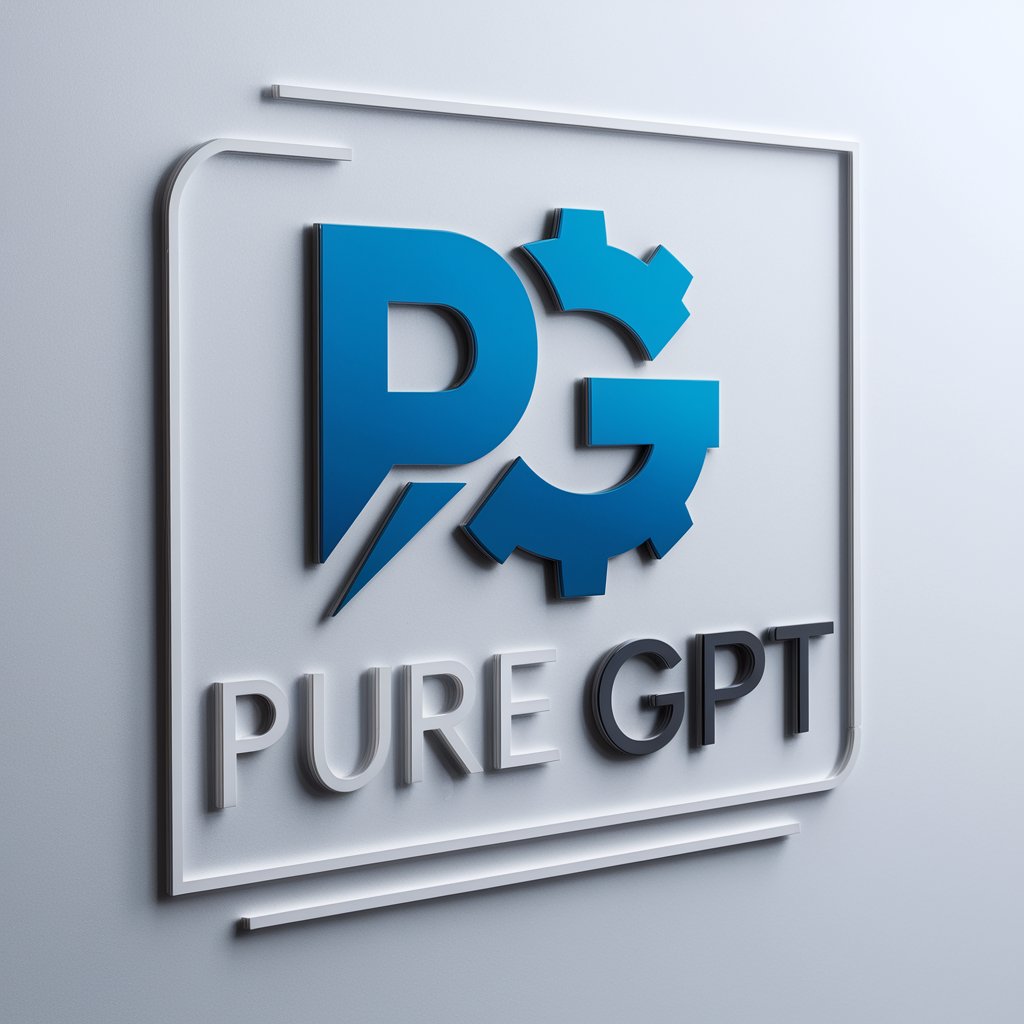
Creative & Trained Poem & Storyteller With Images
Crafting Stories and Poems with AI Artistry
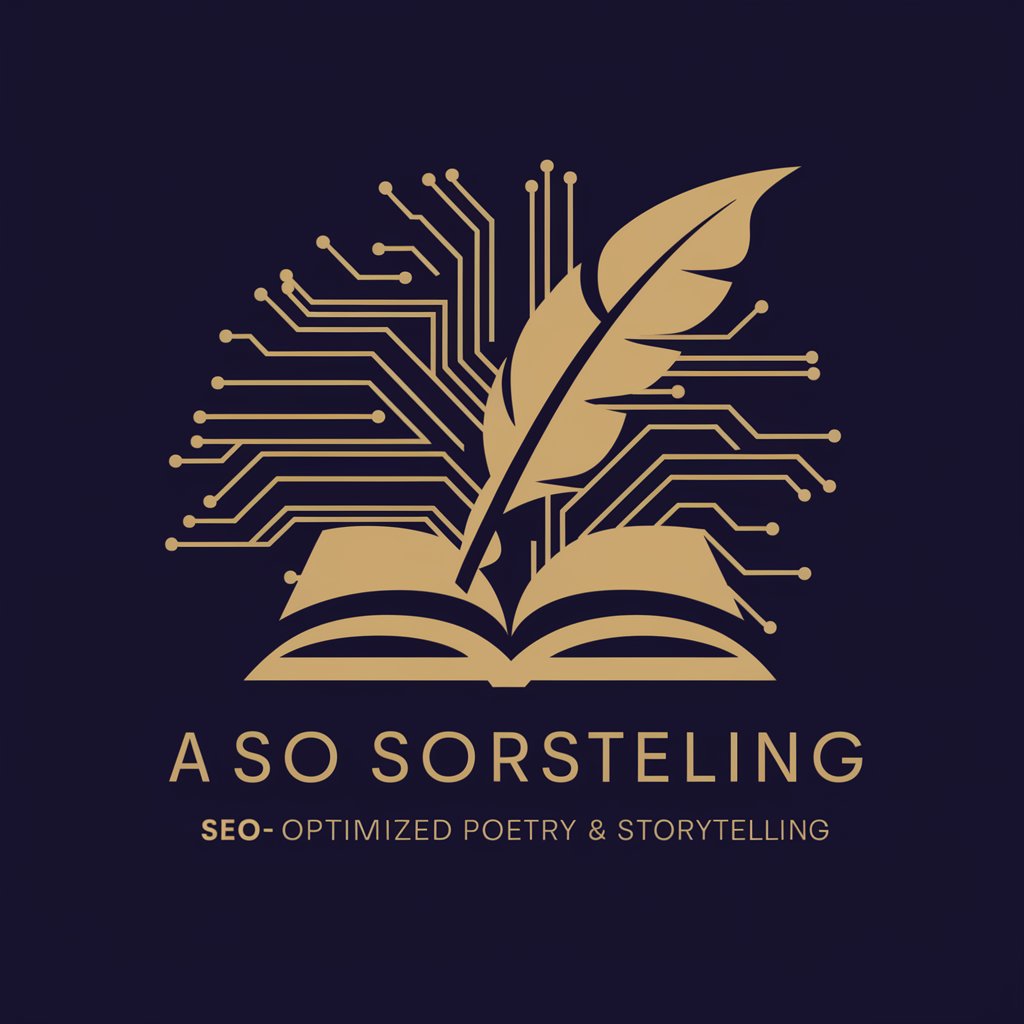
Furry Visual Novel
Craft Your Story in a World of Anthro Wonders
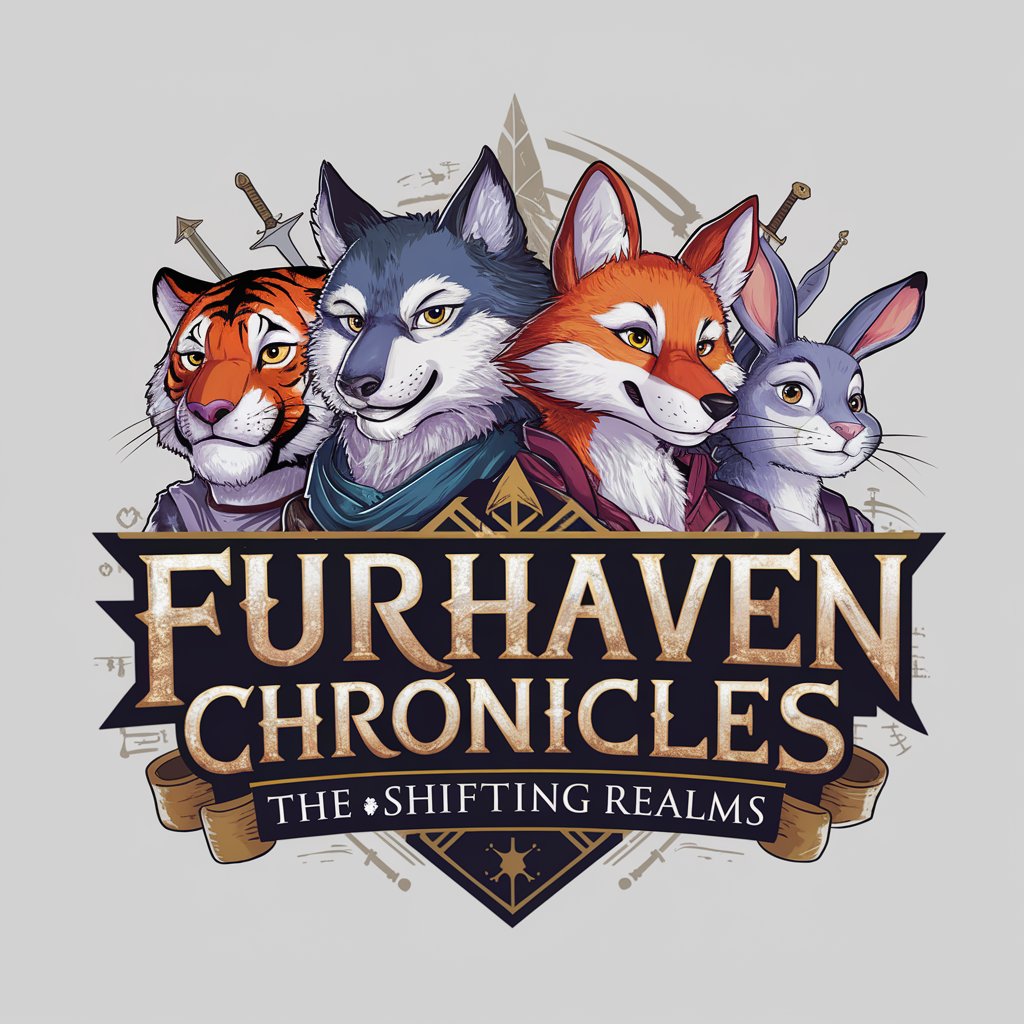
Creative Coding Instructor
Empowering creativity through code.

GptOracle | The Tote Bag and T-Shirt Designer
Design with AI, Wear with Pride

Artistic Weaver
Weaving Art into Every Thread
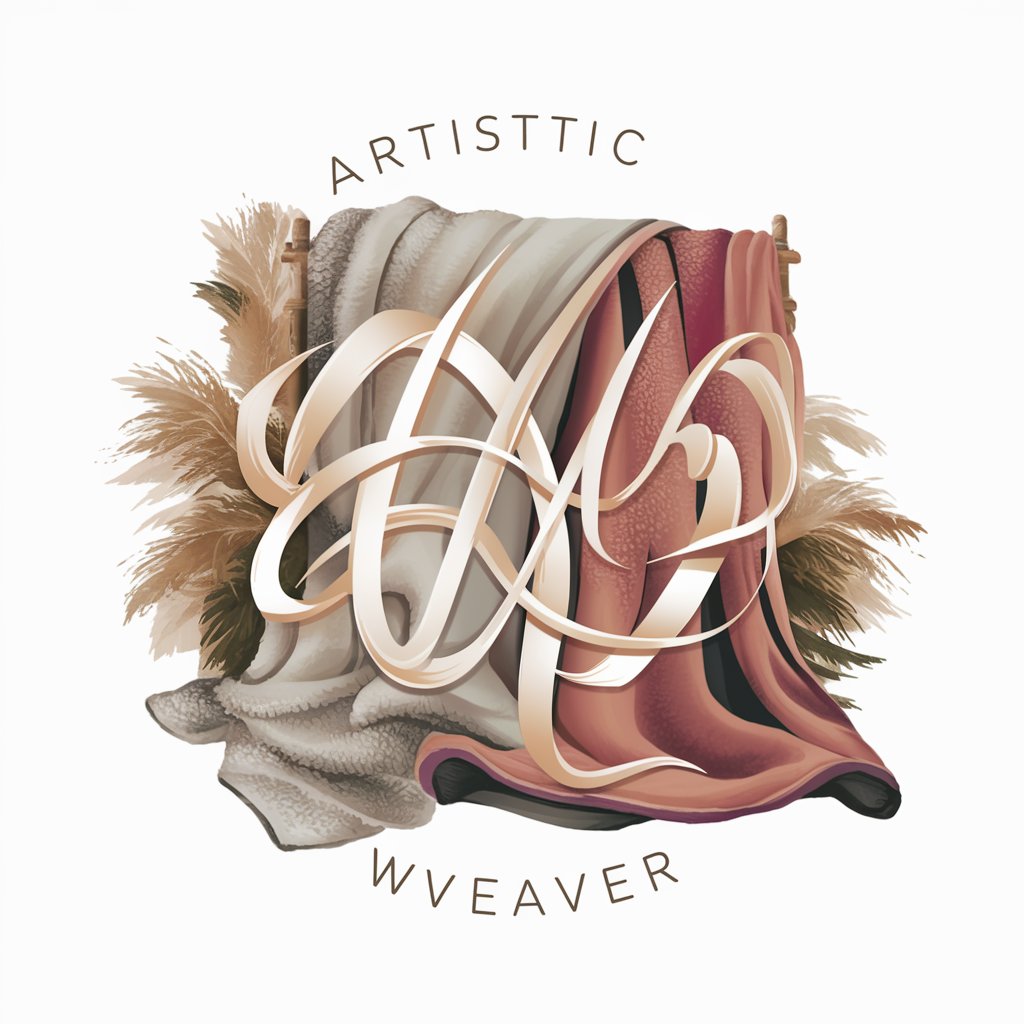
Creating Game Illustrations
Crafting Pixel Worlds with AI
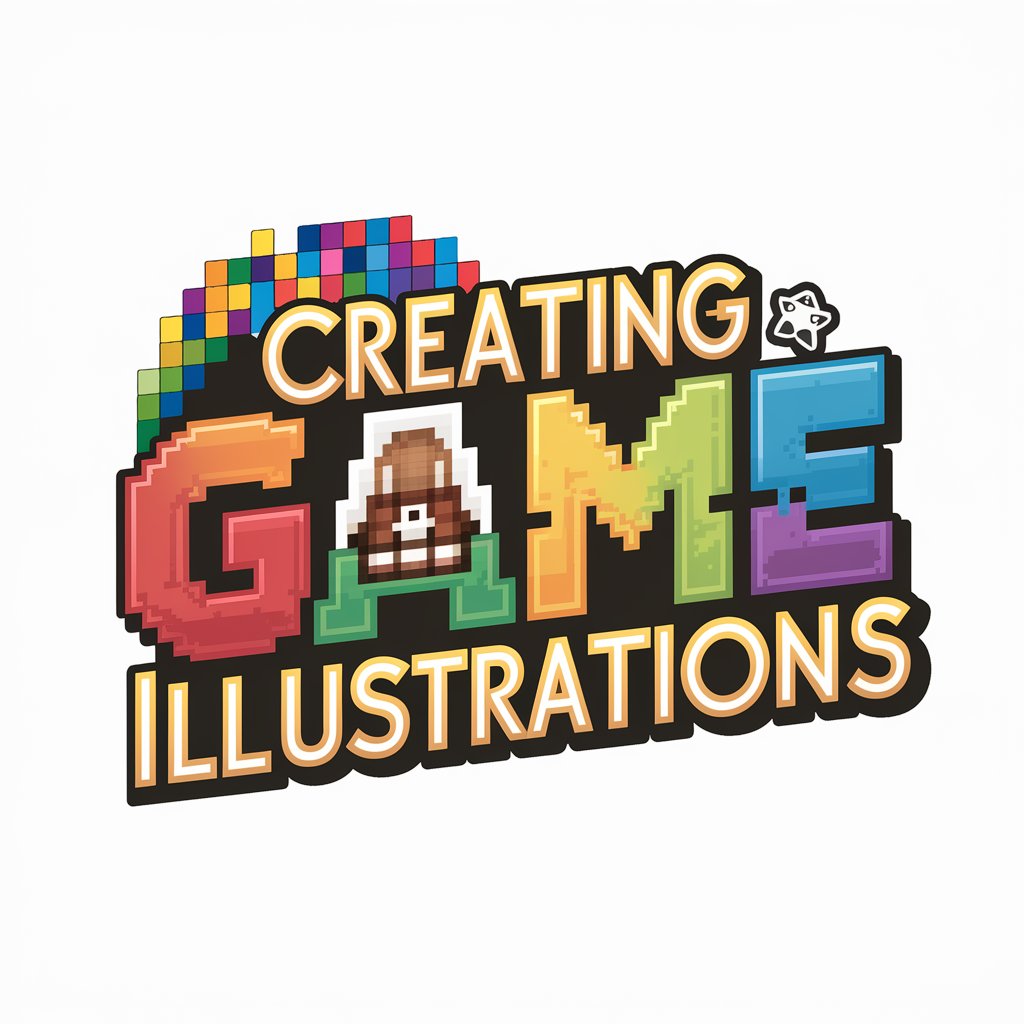
Key Attributes and Capabilities
AI GPTs for Art Integration stand out for their adaptability and broad spectrum of functionalities, catering to both simple and complex art-related tasks. Key features include natural language processing for understanding and generating artistic content, image creation capabilities for generating visual art, technical support for troubleshooting, web searching for research and inspiration, and data analysis for insights on art trends. These tools are distinguished by their ability to learn from inputs, making them increasingly effective over time. Such dynamic learning enables them to support a wide range of art styles and mediums.
Who Benefits from Art-centric AI GPTs
These AI GPTs tools are designed for a diverse audience, including novices exploring the intersection of art and technology, developers creating art-related applications, and professionals seeking innovative tools for their creative practice. They are accessible to individuals without programming knowledge, offering user-friendly interfaces, while also providing advanced customization options for those with technical expertise. This inclusivity ensures that anyone with an interest in art and technology can leverage these tools for their creative endeavors.
Try Our other AI GPTs tools for Free
Music Programming
Discover how AI GPTs for Music Programming are revolutionizing the way we create, analyze, and interact with music, offering tailored solutions for enthusiasts and professionals alike.
Archetype Exploration
Discover AI GPT tools for Archetype Exploration, designed to identify, analyze, and apply archetypal patterns across fields, simplifying complex concepts with advanced AI technology.
Kids Friendly
Discover how Kid-Friendly AI GPTs revolutionize learning with safe, engaging, and educational tools designed for children's unique needs and interests.
Azure Automation
Discover how AI GPTs for Azure Automation revolutionize cloud management with advanced AI capabilities, offering tailored, efficient solutions for users at all levels.
CLI Commands
Discover AI GPTs for CLI Commands, intelligent tools designed to revolutionize command-line interfaces with automation, natural language understanding, and seamless integration.
Resource Deployment
Discover how AI GPTs for Resource Deployment leverage advanced AI to optimize resource allocation, offering adaptable, user-friendly solutions for efficient planning and management across various sectors.
Further Exploration into AI-Driven Art Solutions
AI GPTs for Art Integration provide a platform for experimenting with new artistic forms and methodologies. Their user-friendly interfaces ensure ease of use, while their compatibility with existing systems facilitates integration into diverse creative practices. These tools not only democratize access to advanced technological resources but also encourage exploration and innovation in the art world.
Frequently Asked Questions
What exactly is AI GPT for Art Integration?
It's a technology that uses machine learning to assist in creating, curating, and presenting art by integrating advanced computational processes.
Who can use these AI GPTs tools?
Anyone interested in the convergence of art and technology, from beginners to professionals and developers, can use these tools.
Do I need coding skills to use these tools?
No, these tools are designed to be accessible to users without programming knowledge, though they also offer customization options for those with technical skills.
Can these tools generate visual art?
Yes, many AI GPTs for Art Integration have image creation capabilities, allowing for the generation of unique visual artworks.
How do these tools learn and improve over time?
They use machine learning algorithms to analyze input and feedback, adapting their outputs to better meet user needs over time.
Can I integrate these AI tools with my current workflow?
Yes, many of these tools offer APIs and other integration options to seamlessly incorporate them into existing systems and workflows.
Are there any limitations to what AI GPTs can create?
While highly versatile, the creativity and output of AI GPTs are guided by their training data and algorithms, which may have inherent limitations.
How do these tools support artistic innovation?
They offer new ways to create, analyze, and engage with art, pushing the boundaries of traditional and digital artistic practices.